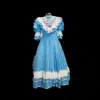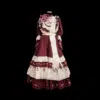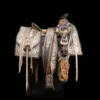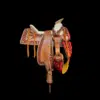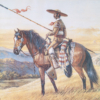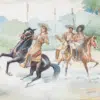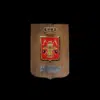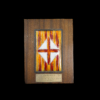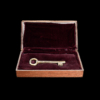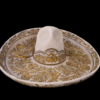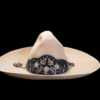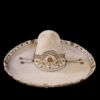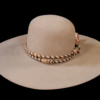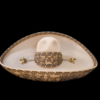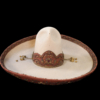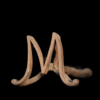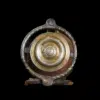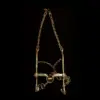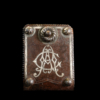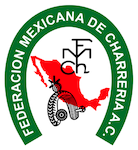ESTRIBOS DE CAJA FORJADOS EN HIERRO CON MONOGRAMA
Estos estribos de caja, forjados en hierro, destacan por su acabado en óxido que contrasta bellamente con un monograma cincelado y brillante. La técnica artesanal utilizada para crear este efecto distintivo implica un proceso de cincelado preciso, donde el monograma es cuidadosamente tallado y pulido para resaltar sobre la superficie oxidada del estribo. Este método, conocido como cincelado brillante, refleja la habilidad y dedicación de los artesanos que trabajaron el hierro con maestría.
El monograma, en el que se pueden apreciar las letras “AMC”, usualmente corresponde a las iniciales del propietario. Para aumentar el valor estético y artesanal, los elementos decorativos de los estribos solían hacer juego con los elementos decorativos de la silla, ya sea en metal o en cuero. Incluso, se llegaba a coordinar con la indumentaria del jinete, como el sombrero, los botones, y las chacareras. En este caso, el monograma brillante de los estribos se repetiría en los distintos ornamentos de la montura e indumentaria, creando una presentación armoniosa y elegante.
The Stirrups: History and Evolution in Mexican Charrería
Stirrup Origins
The stirrup, an essential component for the rider, has a history dating back to ancient civilizations. The first stirrups, made of rope and leather, were used in Asia around the 2nd century BC. These elements revolutionized horsemanship by providing greater stability and control to the rider.
Arrival in Mexico with the Conquistadors
Stirrups arrived in Mexico with the Spanish conquistadors in 1519. The Spaniards brought with them a well-established equestrian tradition, and stirrups were an integral part of their mounts. Made of iron and wood, these stirrups offered not only stability, but also protection to the rider during battles.
Evolution during the Viceroyalty and the Colonial Era
At the beginning of the Colonial Period, the Indians were forbidden to ride horses "under penalty of death". However, with the increase of cattle (bovine and equine), brought during the conquest, the Indians, called chinacos (the result of the mixture between Spanish and Indian), were forced to learn the art of riding, so that they could take care of the cattle. In 1555, the Viceroy of New Spain, Don Luis de Velasco, proposed that the Indians create their own saddle.
During the Viceroyalty and the Colonial period, stirrups underwent a significant evolution. They adapted to local needs and cultural influences. Local artisans began to incorporate decorative and functional elements, using materials available in the region, such as tapaderas to protect the rider who often used huaraches to ride. Stirrups also became symbols of status and equestrian skill.
The Stirrup and the War
Historically, stirrups also played a role in warfare. They protected the rider, providing a firm foothold that enhanced maneuverability in combat. In addition, stirrups could be used as weapons to maximize the impact of the cavalry charge in engagements with infantry.
Independence and Cultural Transformation
With Mexico's Independence in the 19th century, the stirrups, as well as other elements of horsemanship, reflected the nationalist spirit and the country's emerging identity. Charreria, an equestrian practice that combines equestrian skills, tradition and competition, began to consolidate as a distinctive cultural expression of Mexico. The stirrups, now part of the charro saddle, were designed with national motifs and decorative elements that celebrated Mexican heritage.
The Stirrups in Contemporary Charrería
In modern charreria, stirrups are more than a functional component; they are an artistic expression and a symbol of identity. Charro stirrups are carefully crafted with intricate designs that reflect the history and culture of Mexico. In addition to providing support and stability, they serve as an extension of the legacy of charrería, keeping alive a tradition that has endured through the centuries.
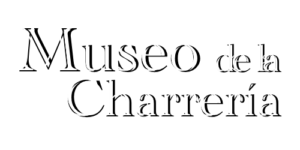
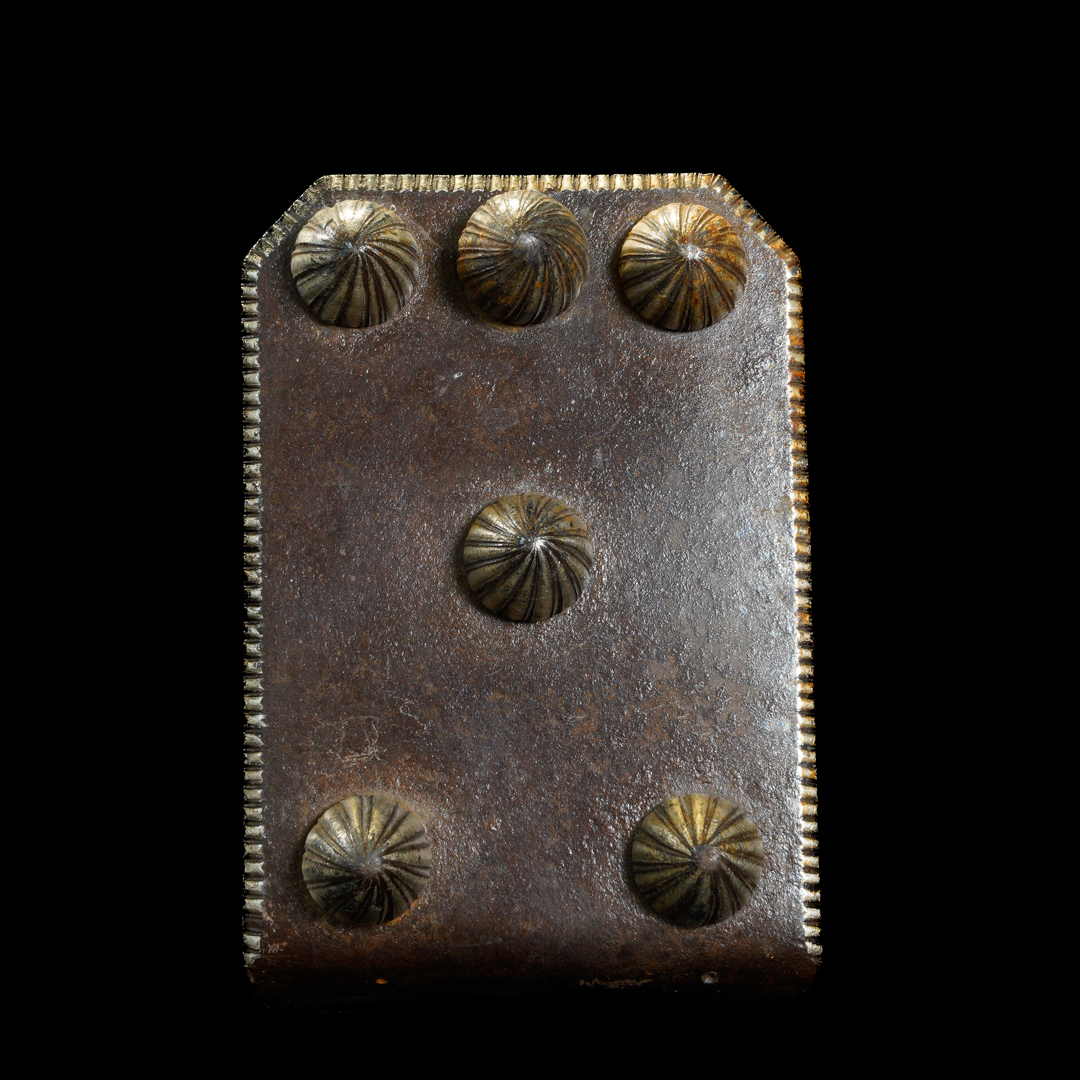
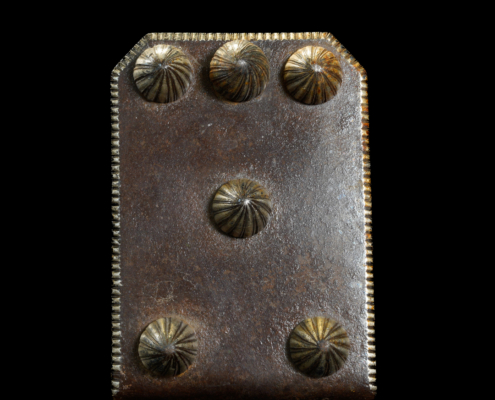

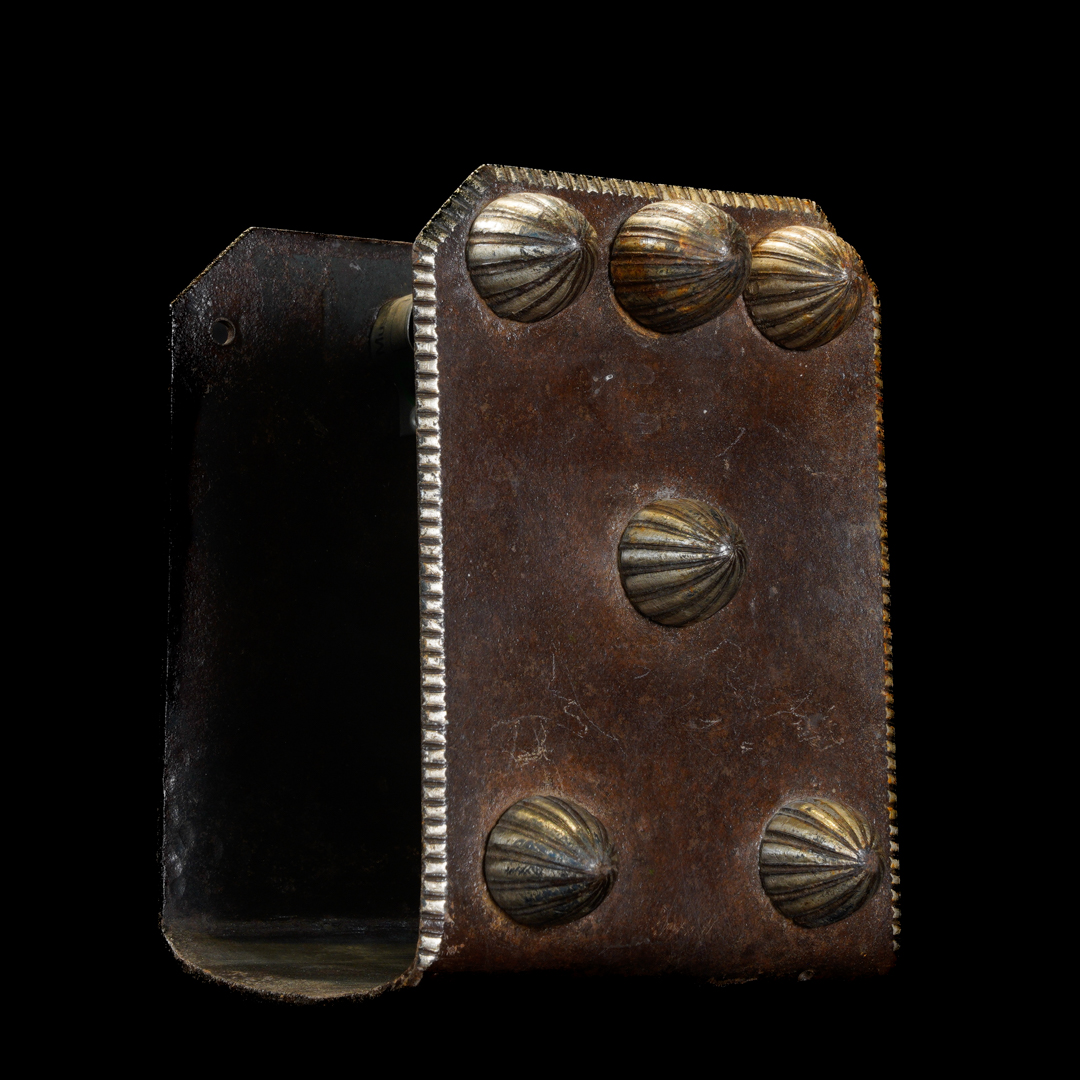
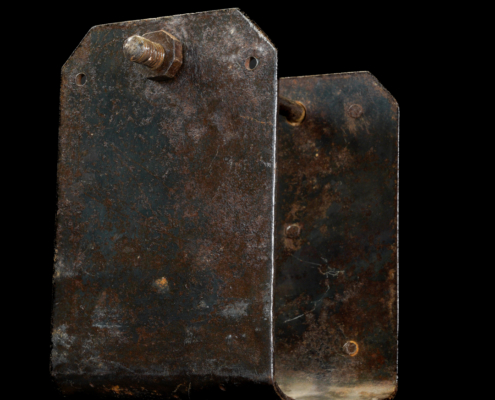
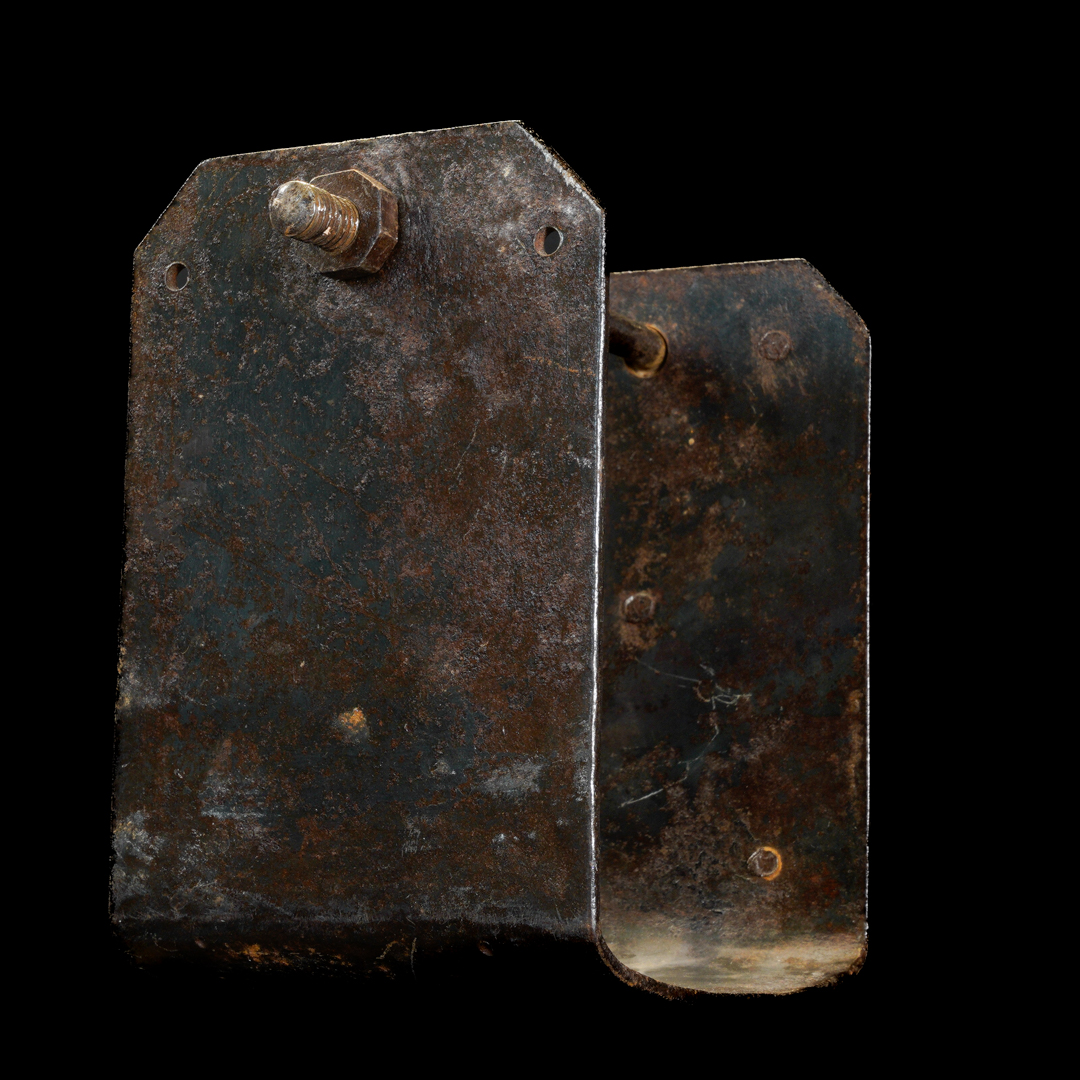
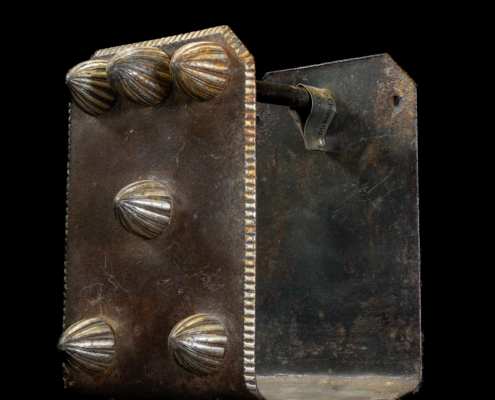
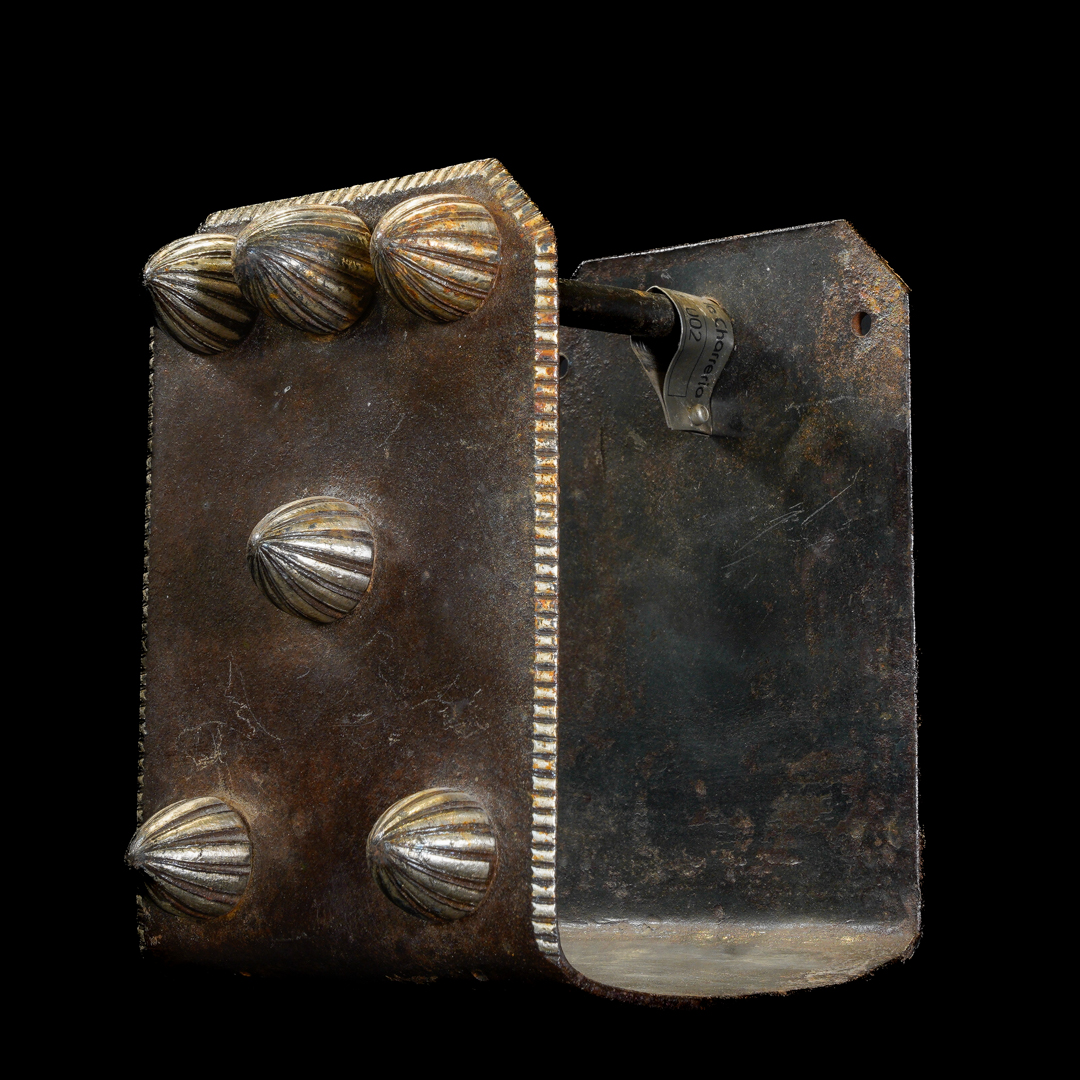
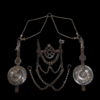
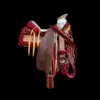
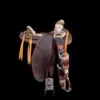
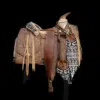
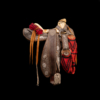
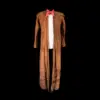

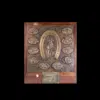
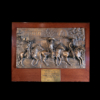
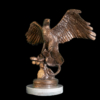
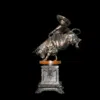

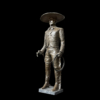
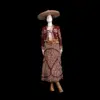
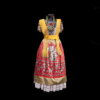
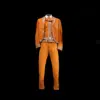
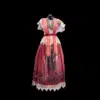 Antonio Gegundez
Antonio Gegundez